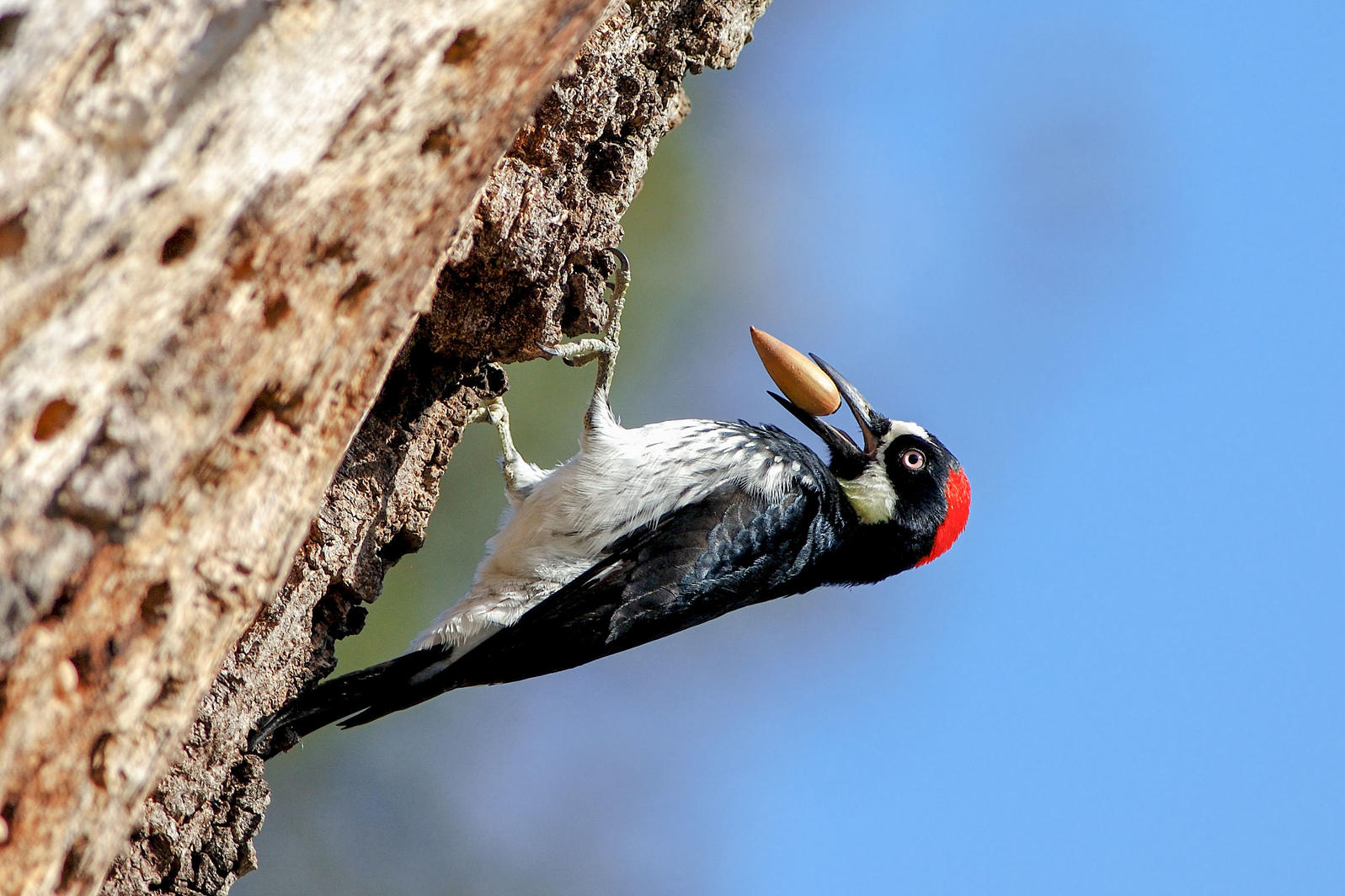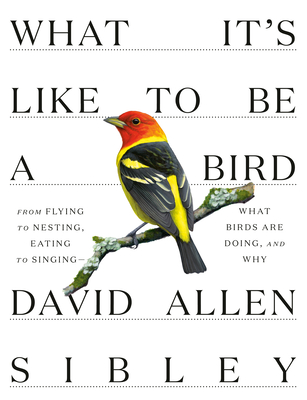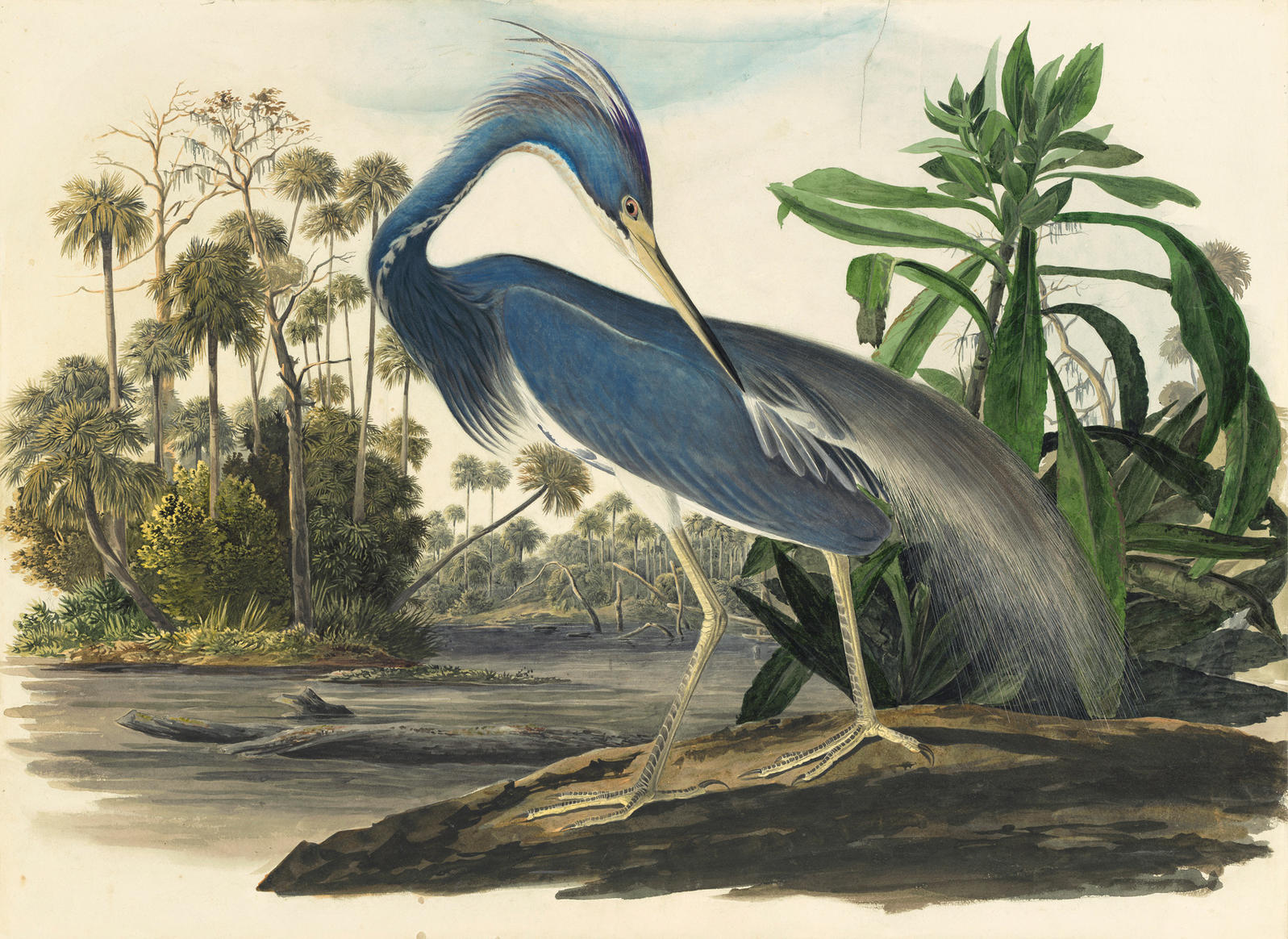It’s been so quiet during the pandemic that I wake up to birdsong and am comforted by the busy sounds all day long. At my home office desk, I can turn and see hummingbirds and towhees flitting into the bushes under the window and these visits bring me a quiet thrill that is a quarantine novelty. I’ve picked up a satisfying new habit – backyard birdwatching – and am not sure if my feathered friends have been here all along, or if reduced air and vehicular traffic and cleaner skies has allowed them to thrive.
Are there more of them or am I just noticing them more? We collectively want to believe that nature can snap back from disaster because it gives hope that we will too – but as this National Geographic article points out, spreading fake news about miracle recoveries (such as the news stories about dolphins frolicking in the Venice canals) can actually make us feel worse at a time when we are vulnerable. Still, cleaner air does seem to be a major #silverlining of this pandemic, and either way, I’m enjoying the busy birds in my backyard.

Acorn Woodpecker. Photo: Wen-Kai Weng/Audubon Photography Awards
While relaxing in the backyard during an end-of-day catch up with a friend this week, I looked up and noticed a bird that my bird-loving sister called her ‘favorite bird in the west” – an Acorn Woodpecker. I was proud to have identified a bird that I’d never even noticed, even though their funny clown faces and bright red caps would make them likely stand outs; a couple of these creatures were flitting about the top of my sycamore tree, poking their beaks into a particular hole. I learned they store a huge cache of acorns in a single place over many years, so… there is little chance they have just appeared in my yard during the pandemic. These creatures have long been poking their stores into their granary during the fall outside my bedroom window, but I hadn’t never noticed.
So, a wide variety of birds have been around all along, but there are certainly more birds in my yard since I bought four bird feeders. This was intended as a quarantine pastime, and the investment has paid off. My husband has long derided the “birders” in my family, and for many years I resisted my early training. But a trip to Africa in 2017 kicked me into gear (how could I not be be gobsmacked with the Lilac-Breasted Roller or the Secretarybird). For that trip, my mother loaned me her 30 year-old Zeiss binoculars, and I was hooked. I returned, with names and photographs of what I’d seen on safari, and my brother-in-law helped me log them all into my own personal “life list” website called eBird. I was hooked.

Advice for beginners:
You don’t need to go to Africa to learn to love birds, you just have to start noticing what is in your own backyard. That’s advice for a quarantine if I ever heard it. Here’s how I began:
- Purchased three bird feeders and some bins to store bird food: Here are the ones my expert birdwatcher sister instructed me to purchase – a suet feeder, a sunflower seed feeder with squirrel protection, a thistle feeder and lastly, a hummingbird feeder. I ordered from Chewy and Amazon and have been picking up birdseed at Wild Birds in Santa Monica (the black sunflower seed bags are huge, and even with free delivery it feels better to pick them up).
- Downloaded an app called Merlin which allows me to identify birds pretty easily because you choose WHERE and WHEN you saw a bird, then choose SIZE and COLORS, and BEHAVIORS (on a wire, at a feeder, on the ground) and the algorithm serves up several options of what the bird might be. Nine out of ten times, this is accurate enough to identify the bird.
- You can also identify a bird by it’s song, and the app helps you learn this, too. To me, this is still a bit too much information to take in, but for someone else it might be a wonderful starting point. I do know there is a Great Horned Owl in my neighborhood, because that is a call I know. But I have yet to see that bird with my own eyes. That will be a treat.
- To identification and learn at a deeper level, search the Cornell Lab of Ornithology, the definitive resources for information about birds. I mean – everything. You can learn by taking online courses yourself, or using their K-12 curriculum to help kids get involved. You can start a life list on eBird, if you are someone that likes to tick species off the global list, and you can watch birds at virtual feeders or learn about species in other countries.
- Purchase a field guide to birds. My sister and her husband have a library of these, because they’ve traveled the world looking at species and each region has specific titles. You can start with the basics – there are choices between birds that are drawn or photographed, but in keeping with the tradition of Audubon, I like guides that are drawn. Which is good because David Allen Sibley is the best contemporary author on the subject and his books are incredible. Good news: this MONTH he just came out with a book about bird behavior that everyone in the family can use. Here is a review of “What It’s Like to Be a Bird”. It’s already a bestseller, proving that there really are millions of backyard birdwatchers. Here is a nice analysis of your options for birding guides.
- To expand your knowledge and learn about more colorful and exotic species, learn more at National Geographic
For Kids: DIY and Activities
You could look at backyard birding as a little bit of homeschooling science. From the challenge of identifying a bird to the research needed to learn that creature’s story (migratory patterns, habits and unique characteristics) to understanding how birds fit into the climate change narrative, it’s a bonus to awaken your kids to a curiosity about the natural world. That’s how many scientists get their start.
Here is a nice set of articles on backyard activities for children, from making hummingbird nectars to making nests from recycled materials.

John James Audubon (1785–1851)
Tricolored Heron (Egretta tricolor), Havell pl. 217, 1832
Inspiration:
The paintings of John James Audubon, Birds of America, are remarkable for their detail, personality and beauty. Audubon was a successful businessman who went bust in 1819, and took up the quest to document by (drawing and painting) all the birds of America, and went on to become the famous naturalist that we remember today.
Jonathan Franzen, the author, lives in Santa Cruz and is a well-known advocate for birding as an important activity in the fight against climate change. He wrote an important essay in National Geographic here, and talks about “Why Birds Matter” here on a podcast.
Just this week, a birder wrote a nice piece in the NYTimes called “How Birdwatching Prepared me for Sheltering in Place”
Resources:
Here is the Audubon LA website

